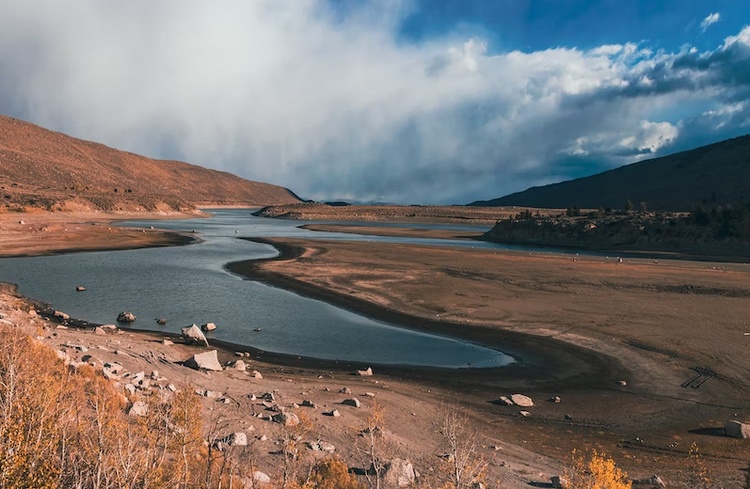January 11 NEC Energy News
¶ “Why California’s storm is unlikely to reverse its drought” • Given the decades-long drought in California, you might be wondering if this extreme weather could in some ways be a positive. But the downpour is unlikely to have a big impact on the drought. Experts say it would take consecutive years of severe wet weather to reverse it in the long-term. [BBC]

¶ “Coal 2 Nuclear: Another Smokescreen That Obscures Real Climate Solutions” • After the failure of the much-trumpeted “nuclear renaissance” that never was, the nuclear lobby and its federal lackeys have come up with another PR clunker – Coal 2 Nuclear (hence, C2N). In reality, this is less C2N than CPR for an ailing nuclear power industry. [CounterPunch]
¶ “The Past Eight Years Were The Eight Warmest On Record For Planet” • The last eight years have been the eight warmest on record as the growing concentration of heat-trapping gases in the atmosphere pushes global temperatures toward a dangerous tipping point, analysis by the European Union’s Copernicus Climate Change Service shows. [CNN]
¶ “Extreme Weather Has Cost The US More Than $1 Trillion In The Past Seven Years, Feds Report” • The US was lashed by 18 extreme weather and climate disasters costing at least $1 billion each last year, a report shows. They came as tornadoes, extreme heat and cold, deadly flooding and hurricanes, and a climate change-fueled drought in the West. [CNN]

¶ “Sisco Sapena Launches H2PLT, The Company Behind Spain’s First Green Hydrogen Microgeneration Network” • H2PLT plans to create Spain’s first green hydrogen microgeneration network. It will use small PV farms and surplus solar electricity to make green hydrogen. The hydrogen is stored and used to generate electricity as needed by a fuel cell. [PR Newswire]
¶ “US Greenhouse Gas Emissions Went Up Again In 2022” • US greenhouse gas emissions grew by 1.3% in 2022, according to a report by the Rhodium Group. US emissions are now 15.5% below 2005 levels, the report said, leaving the nation on an uphill climb toward meeting its commitment to cut emissions 50% to 52% by the end of the decade. [Scientific American]
For more news, please visit geoharvey – Daily News about Energy and Climate Change.
